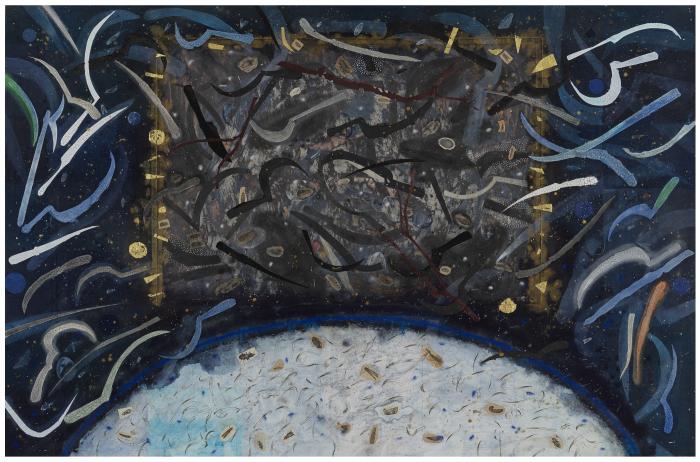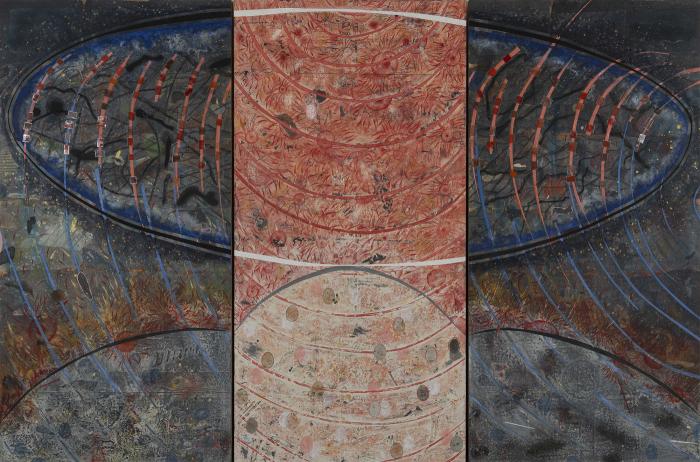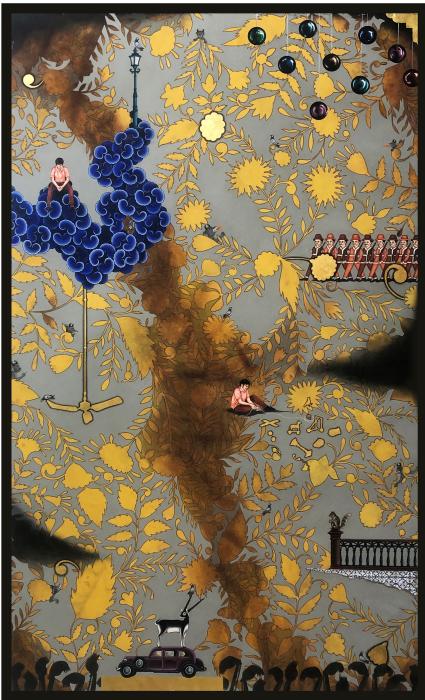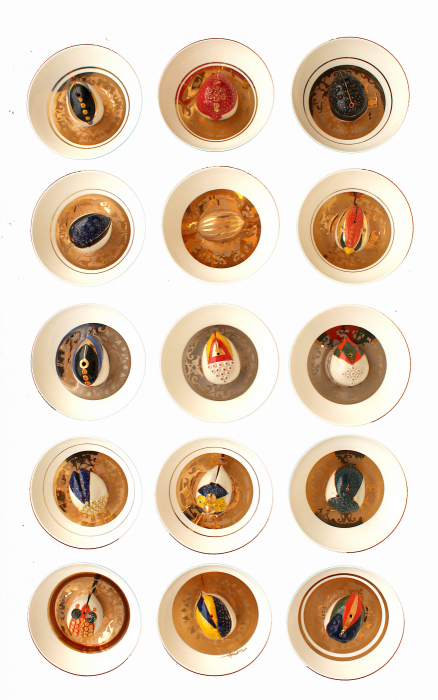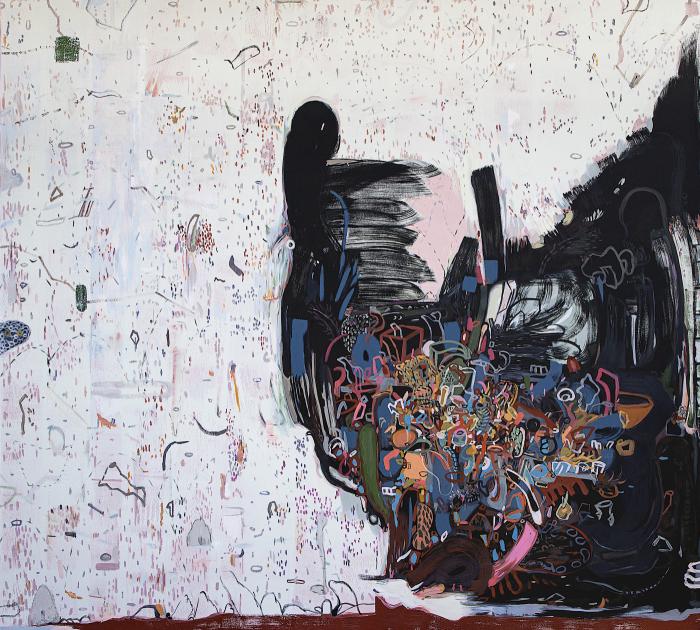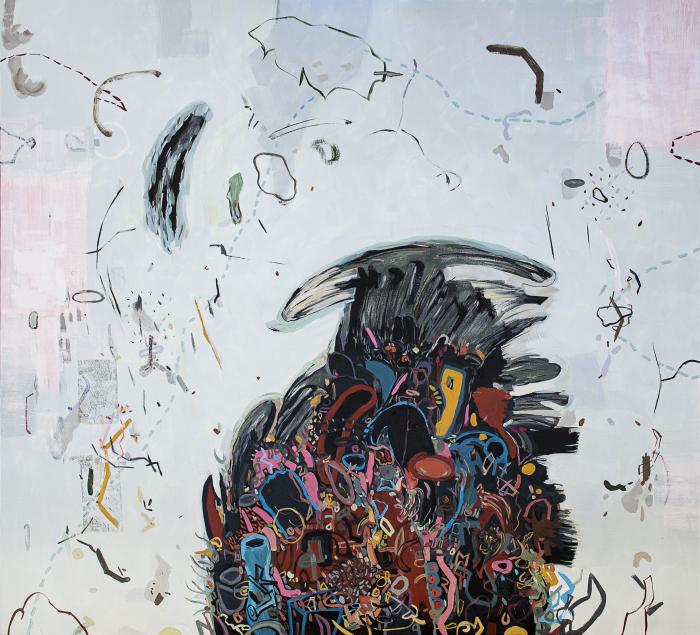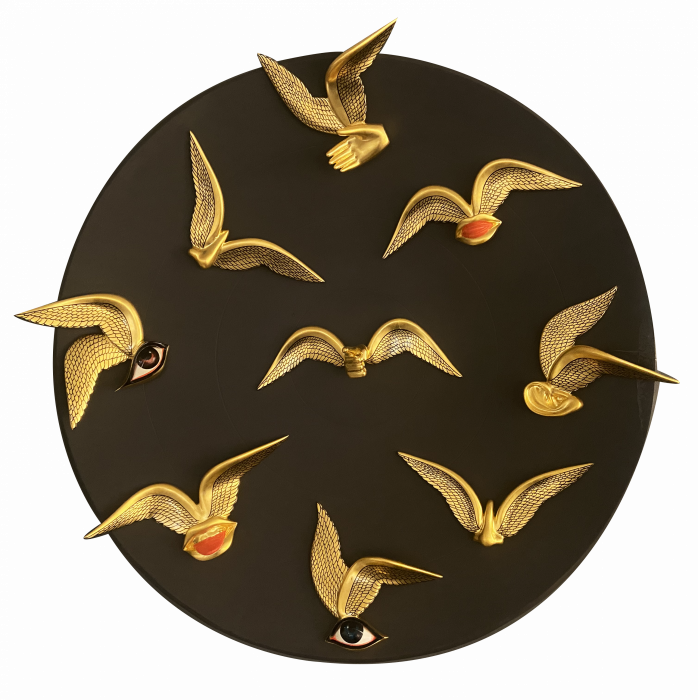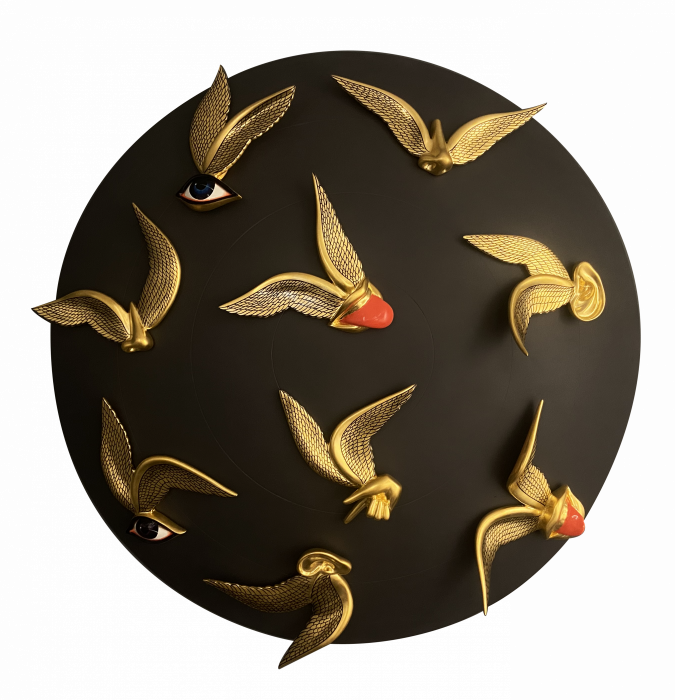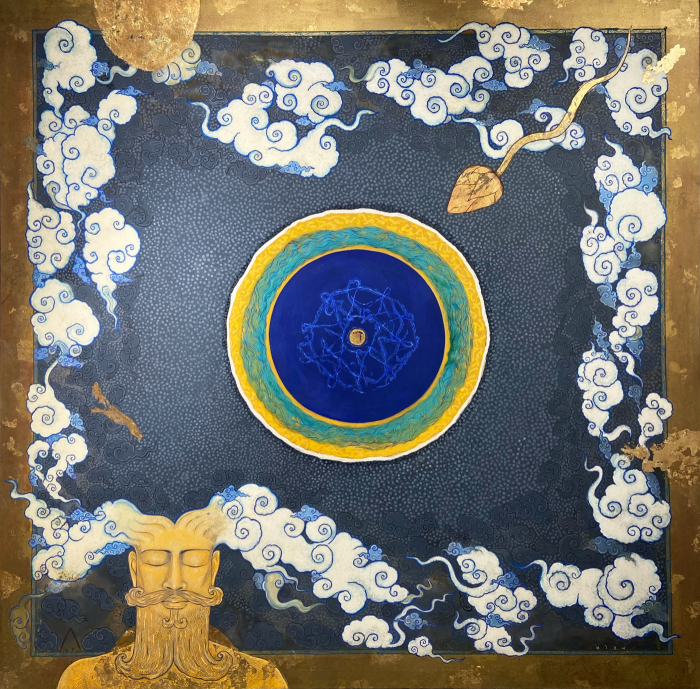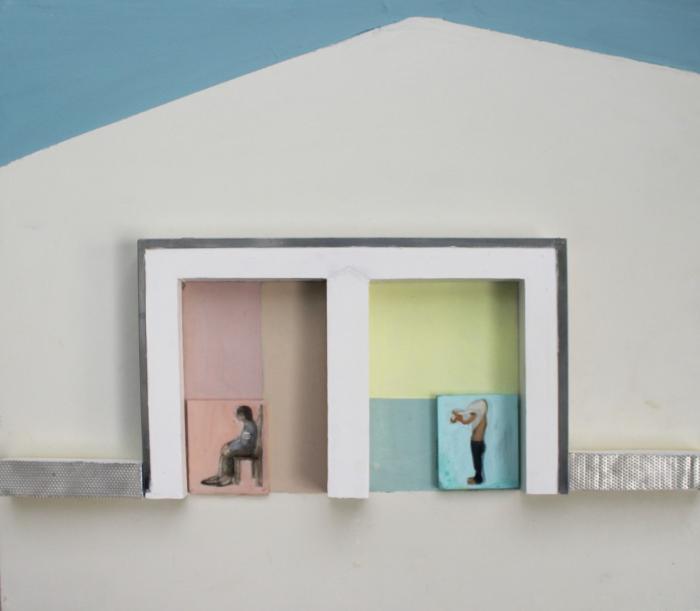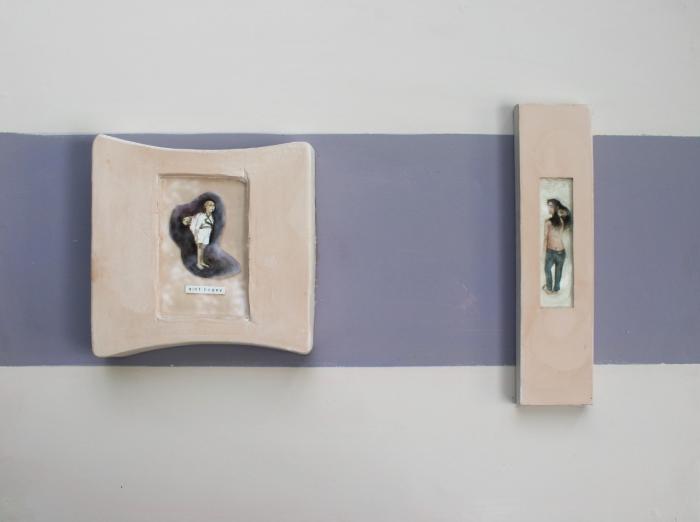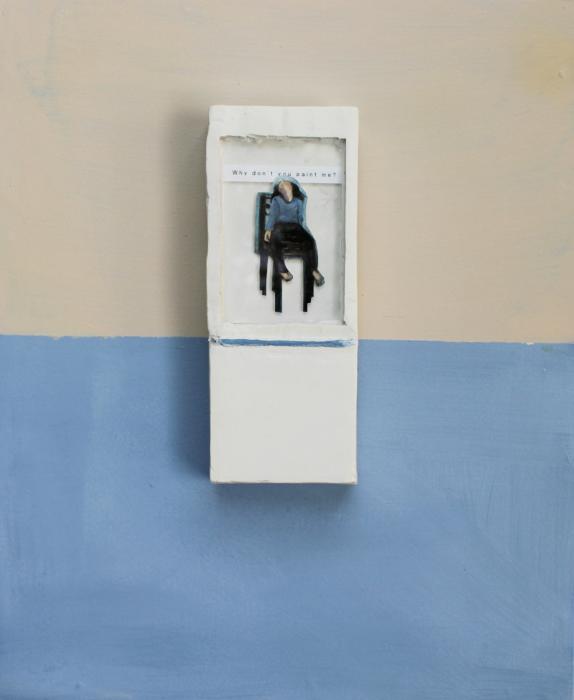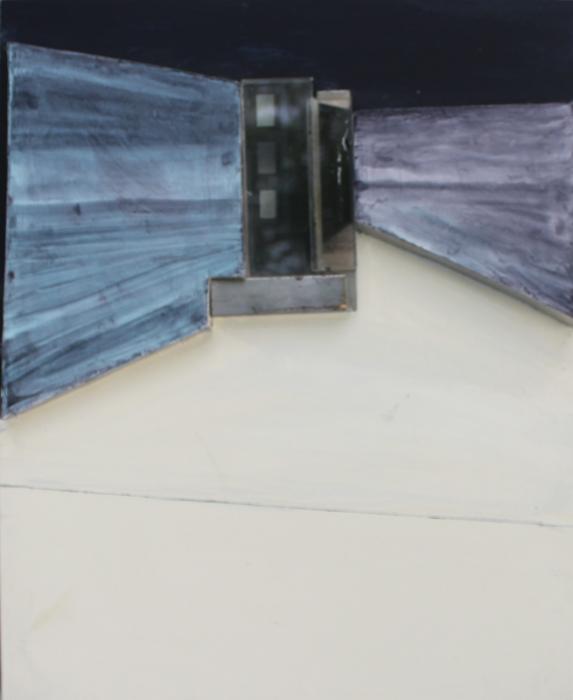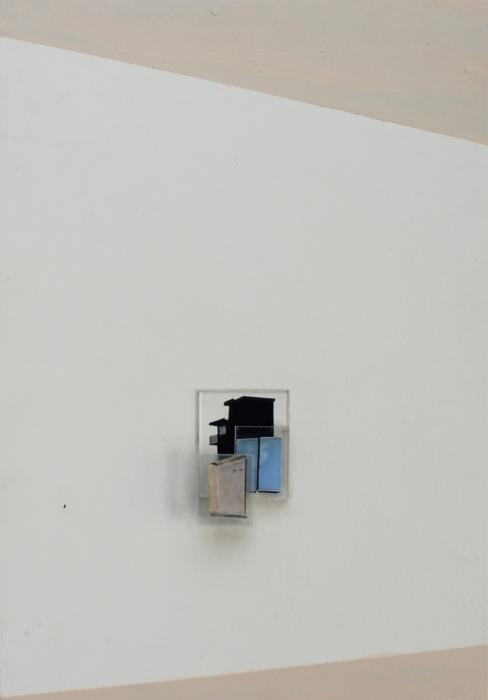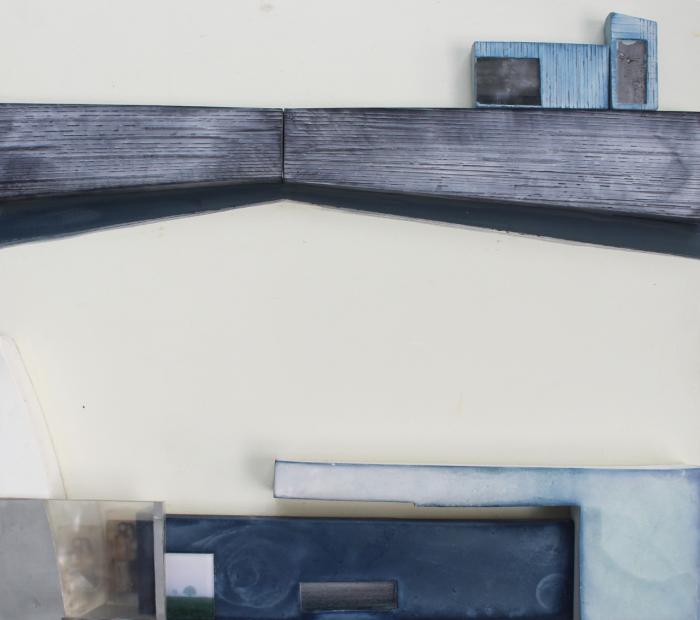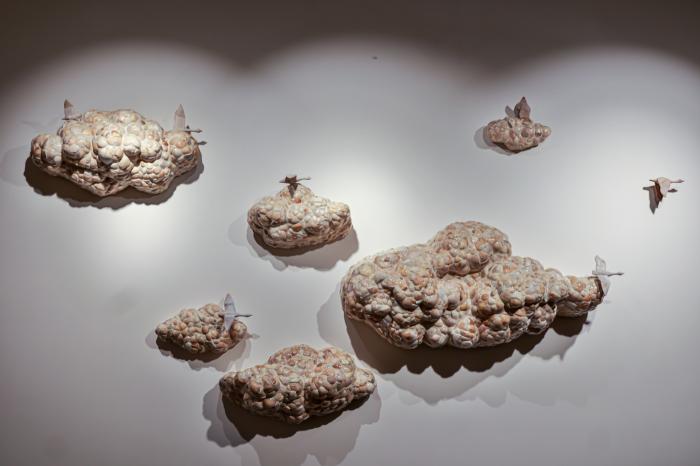Our Line in the Sand
‘Our Line in The Sand’, proposes a cross-disciplinary analytical framework for investigating the ways in which, things have become cognitive extensions of the human body. Using a variety of examples and case studies, Malafouris considers how those ways might have changed from earliest prehistory to the present. Malafouris's Material Engagement Theory definitively adds materiality—the world of things, artefacts, and material signs—into the cognitive equation. His account not only questions conventional intuitions about the boundaries and location of the human mind but also suggests that we rethink classical archaeological assumptions about human cognitive evolution. My curatorial hypothesis would be that, mark-making constitutes a salient point of intersection between matter and memory; one in which the plasticity of the mind becomes entangled with the plasticity (or stability) of material culture. I would propose that the meaning of intentionality in mark making is that of intention in action, that is, intention which is inseparable from the mark making process. Mark-making is essentially a skill and instead of asking ‘what are they marks ‘of’?’ we should be asking ‘what did the marks do? Both philosophically and artistically, the curatorial proposition would be interested in creating a space for creative synergy of movements, that originates and connects different materials and parts of the human experiences. The forming of marks as material signs brings about similar enactive projections, flexibly and partially objectified as part of an expressive creative process. In that sense, the challenge would be to imagine and produce knowledge around mark-making activities and how such processes can also be described and understood as ‘epistemic actions’.
Monica Jain
Curator-Director
Art Centrix Space
